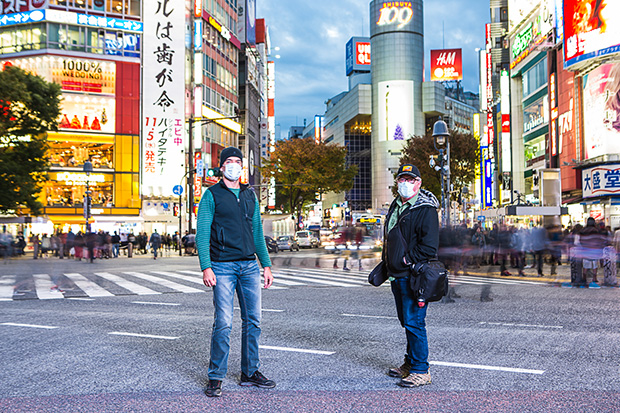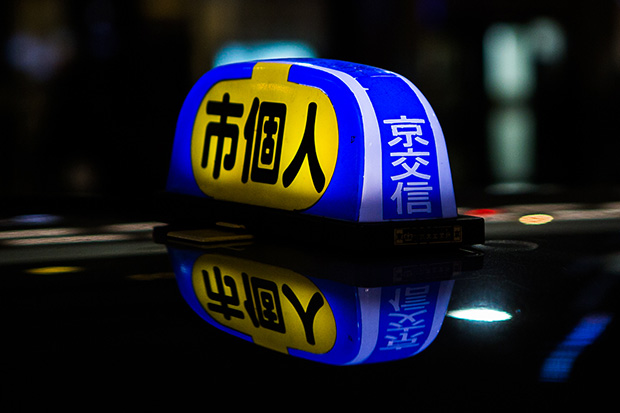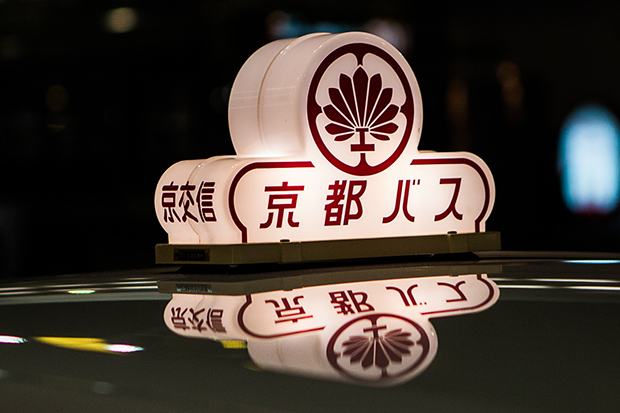Set yourself a specific photo assignment and your images will look less like snapshots and more like the work of a professional, writes Alfonso Calero.
What kind of travel photographer are you? For most people, travel photography is simply a way to capture a visual record of the places we've been and the people we've seen along the way. We wander around in search of new sights and experiences, and raise the camera to our eye when we see something that interests us: the church you discovered in a back streets of Barcelona, the old man selling soup on a street corner in Jogjakarta.
That's how 99 per cent of travellers approach photography. But there is another way. It relies on you approaching your photography more like a travel photographer, or an artist – with a specific pre-visualised plan. Rather than walking around aimlessly and photographing the things that catch your attention, this approach requires more planning and forethought. By setting yourself a defined photo assignment your images will look less like snapshots and more like professional travel shots. If you are putting together a portfolio for a photo competition this can be a very effective way to shoot.
So, what should you shoot and how should you do it? I can't tell you that (it's entirely up to you and your imagination) but I can share three ideas that I pursued on a recent photography tour of Japan.
CONCEPT 1
Location: Shibuya Crossing, Shibuya, Tokyo
The idea: People in Motion
How and why: Shibuya crossing in Tokyo is famous for it's crowds. To emphasise the hustle and bustle, I wanted to capture two static subjects against a blur of moving pedestrians. To contrast the stillness of the buildings and movement of the people, a thirds element was put in to create a dominant point of focus. Using two customers as willing models, I asked them to stand very still to avoid any movement. The images were shot with a shutter speed of 1-2 seconds. The face masks were added to make the subjects anonymous and show Japan's culture of not spreading or receiving germs when sick.
Photo by Alfonso Calero.
Photo by Alfonso Calero.
CONCEPT 2
Location: Kyoto, Japan
The idea: Taxi Signs
How and why:In Kyoto there are 40-plus taxi companies, each with their own logos and colour schemes. In this project, I set out to photograph a number of rooftop taxi lights as a unique visual symbol of the city. The bokke of lights in the background add to the ambience of the images. Shooting handheld was quite easy as most of the lights are quite bright.
Photo by Alfonso Calero.

CONCEPT 3
Location: Bamboo Grove in Arashiyama, Kyoto
The idea: Group portrait and landscape
How and why: At most tourist haunts it's a challenge to find scenes that are uninhabited by other tourists. In this case I embraced the idea of using high school children in the scene to mimic the repetition of the bamboo.
Photo by Alfonso Calero.
Photo by Alfonso Calero.
Alfonso Calero graduated from the Sydney Institute of Technology with an Associate Diploma in Photography in 2001 and has been professionally photographing fine art, food, portraits, landscapes and travel subjects ever since. He is the owner of a travel education and tours company that delivers workshops every Saturday morning in Sydney, Melbourne, Brisbane, Adelaide and Fremantle. One on one or small group sessions are also available. He also takes groups to Japan, Philippines, Spain and Tasmania once a year for 5, 10 and 14-day photography workshops.












